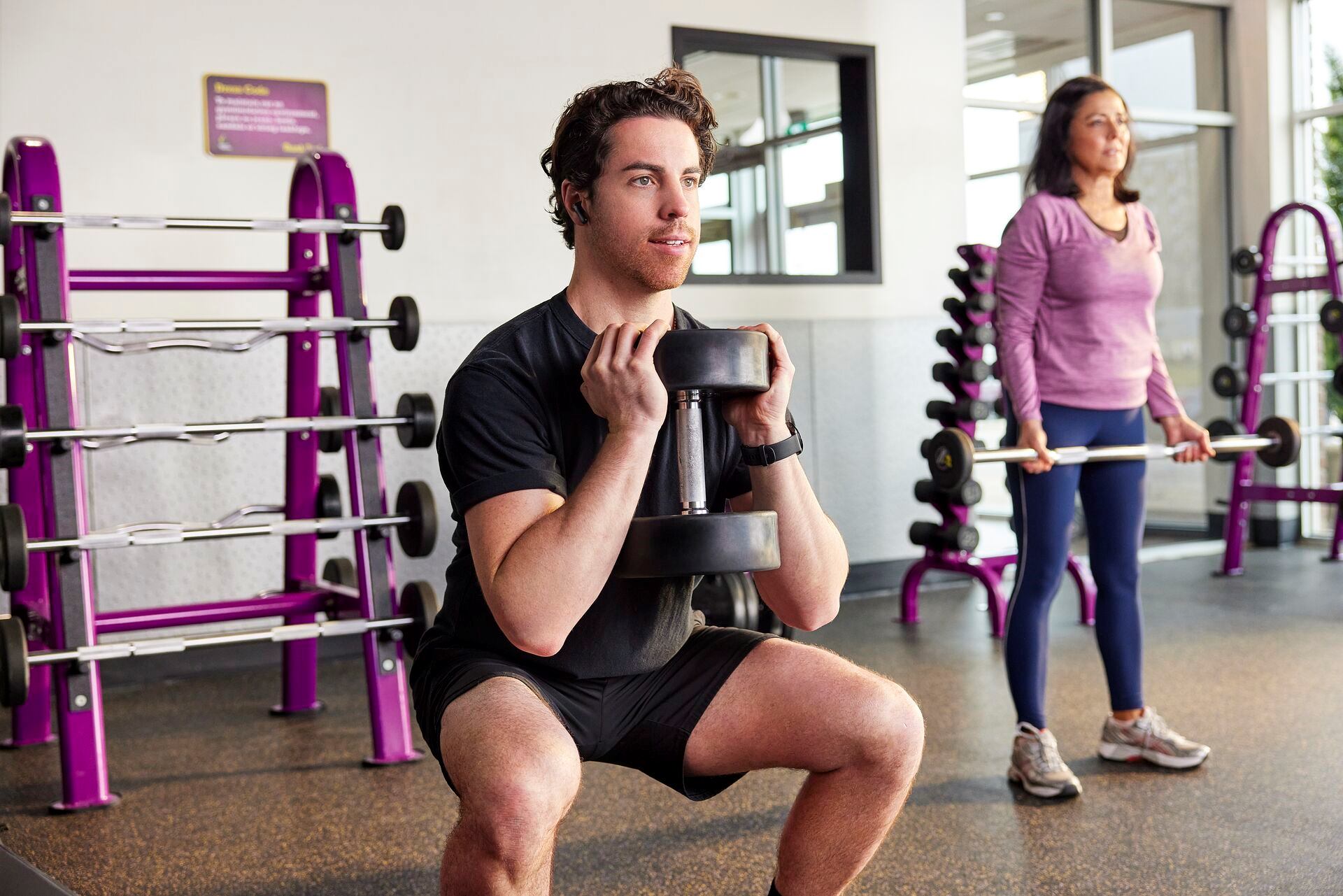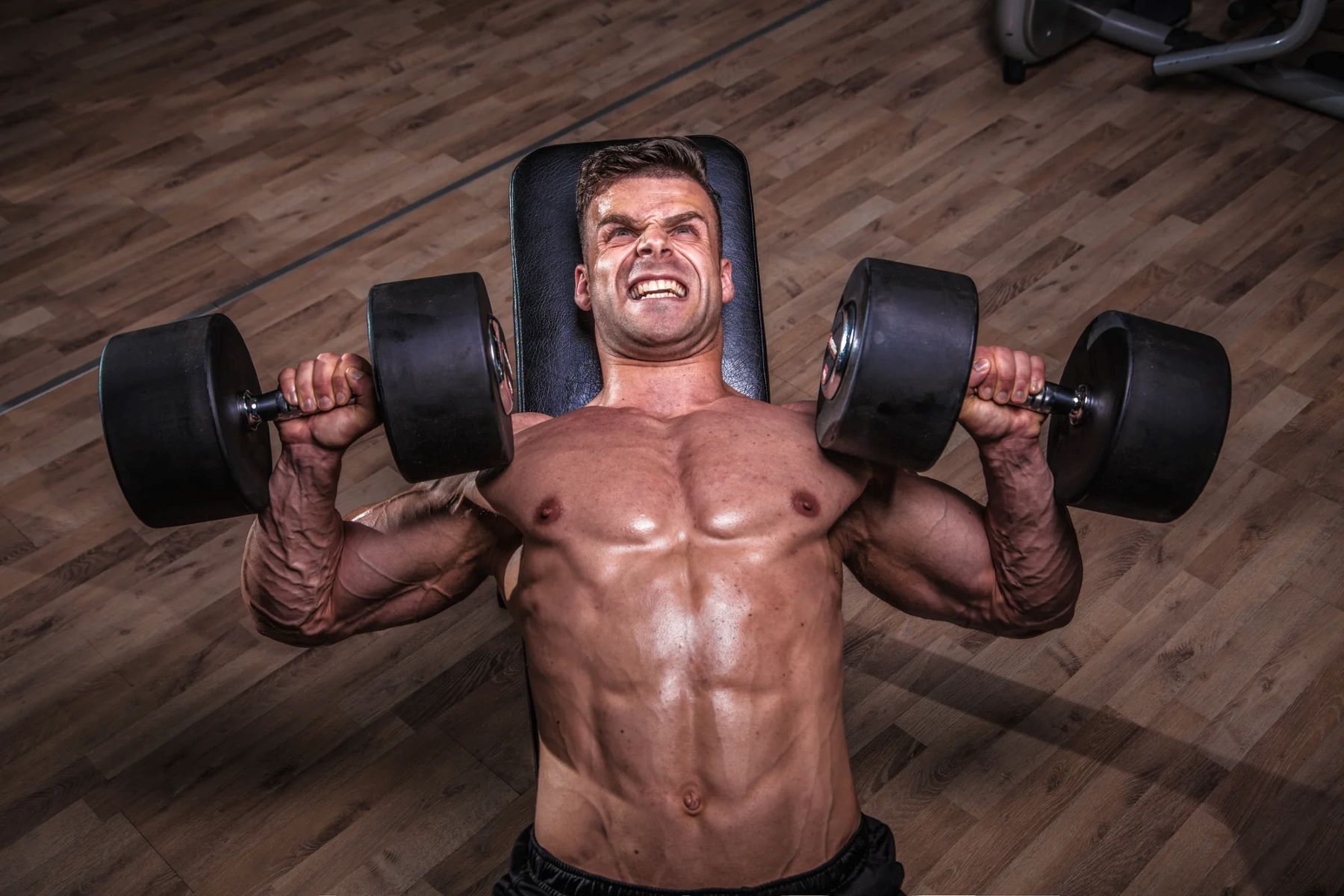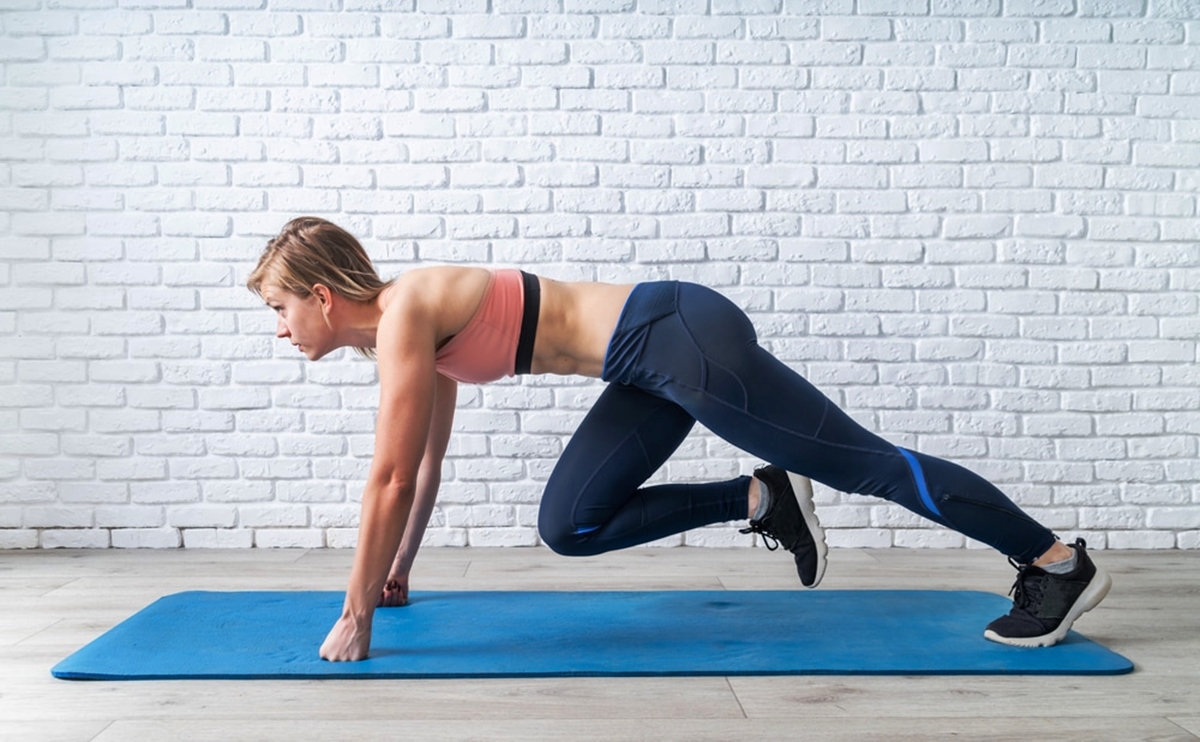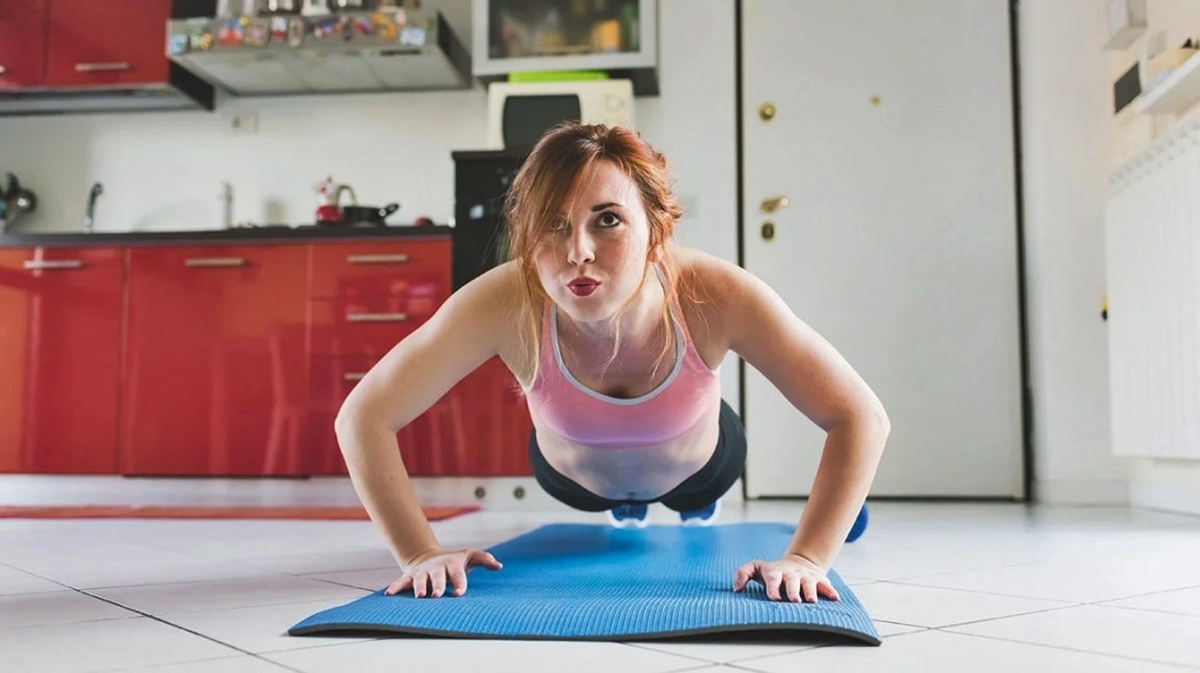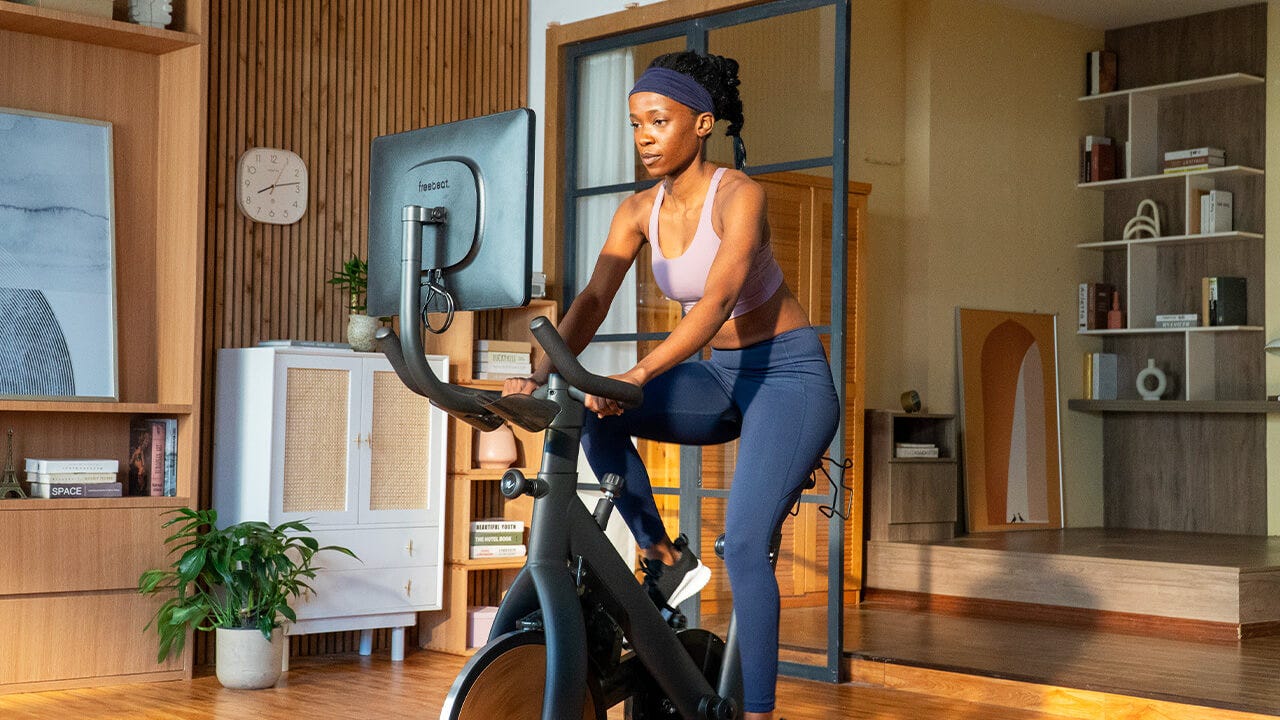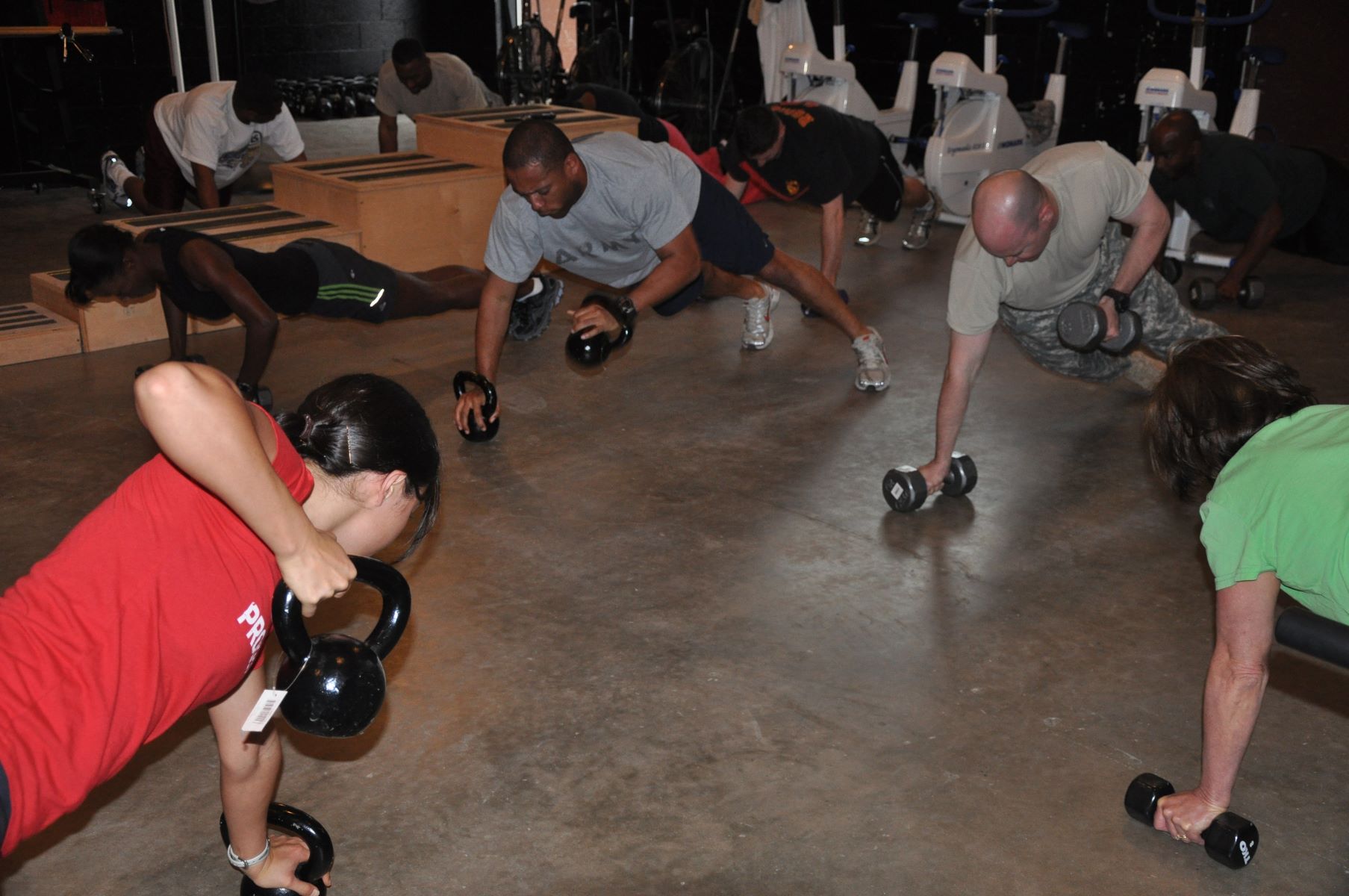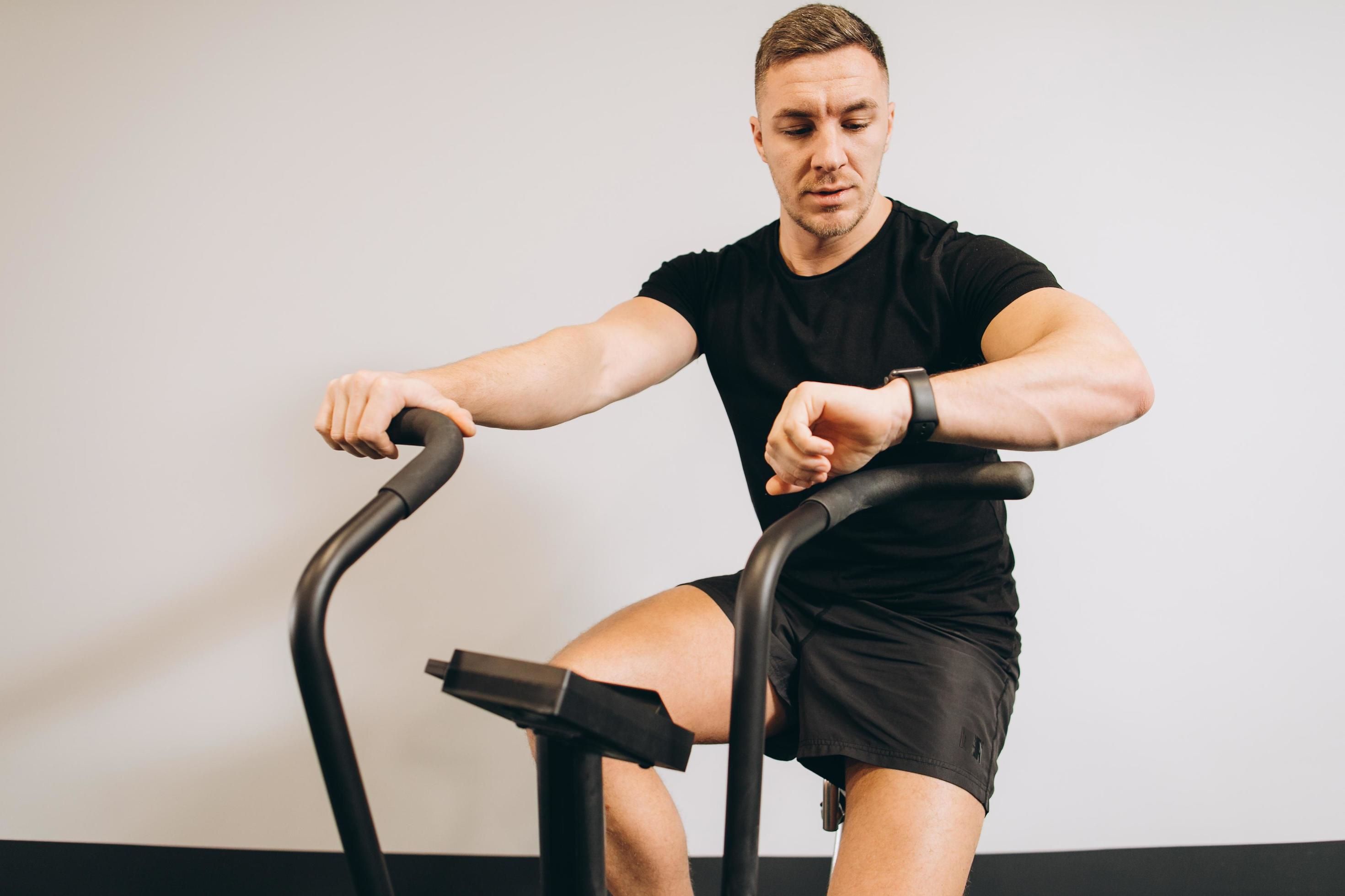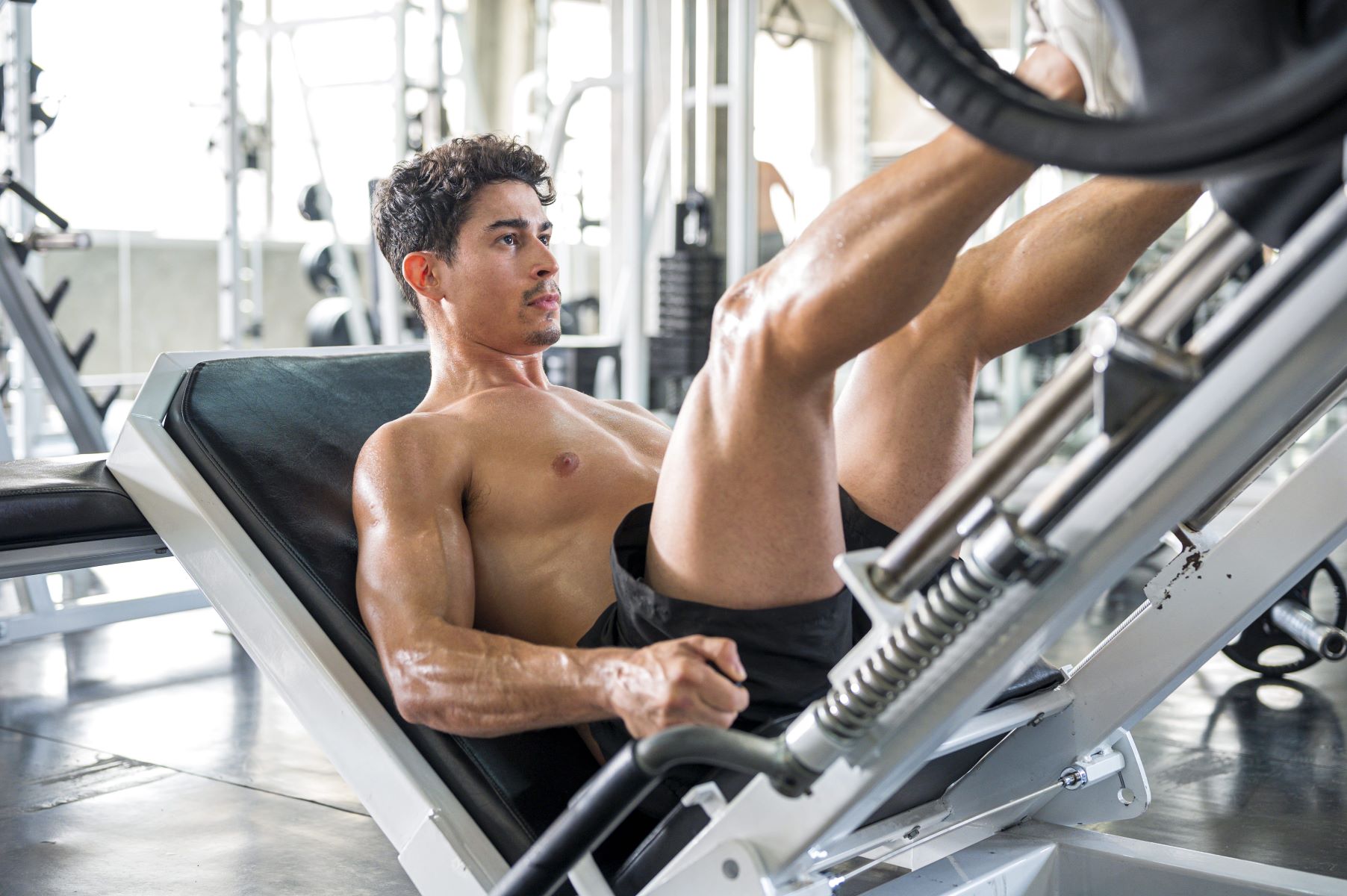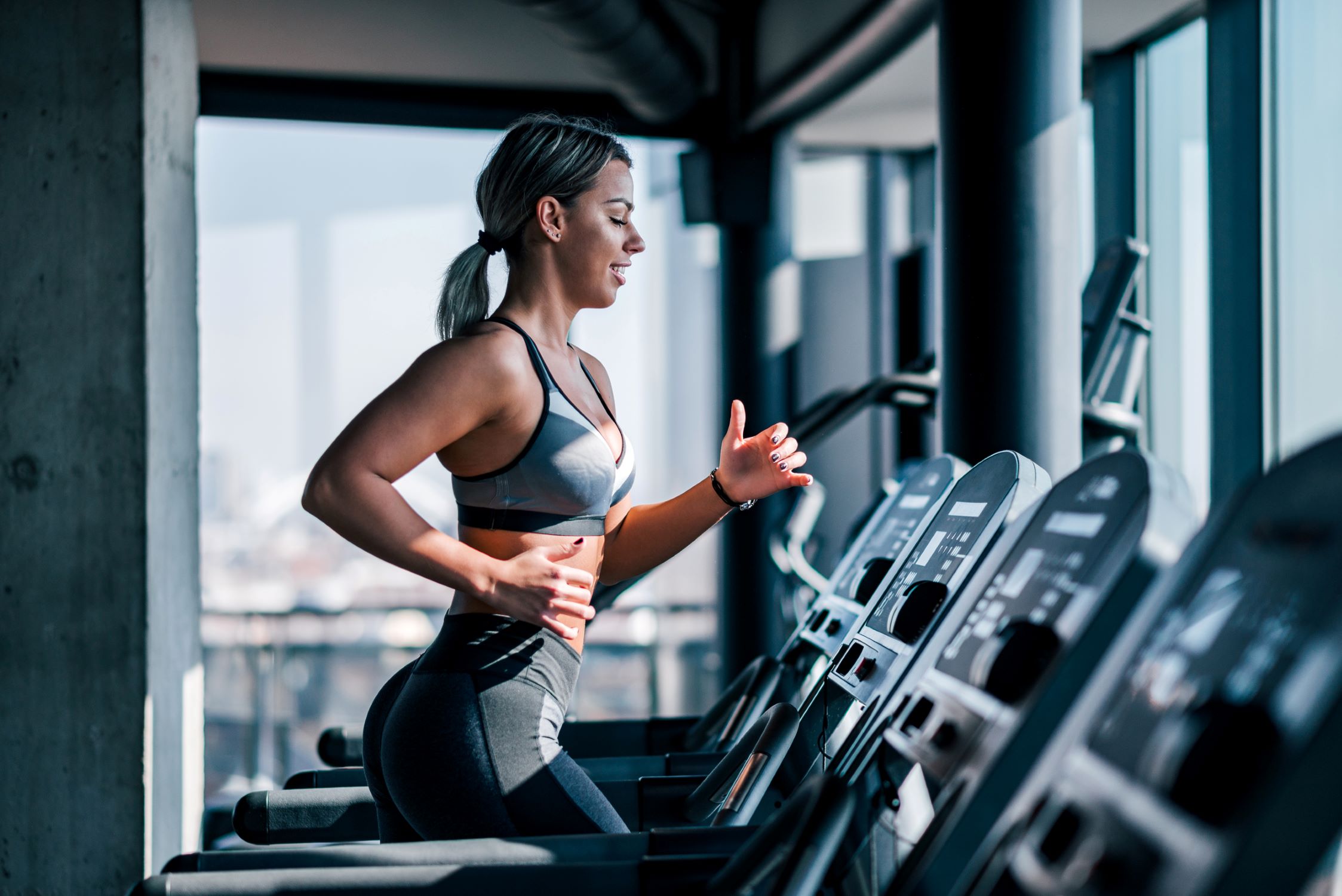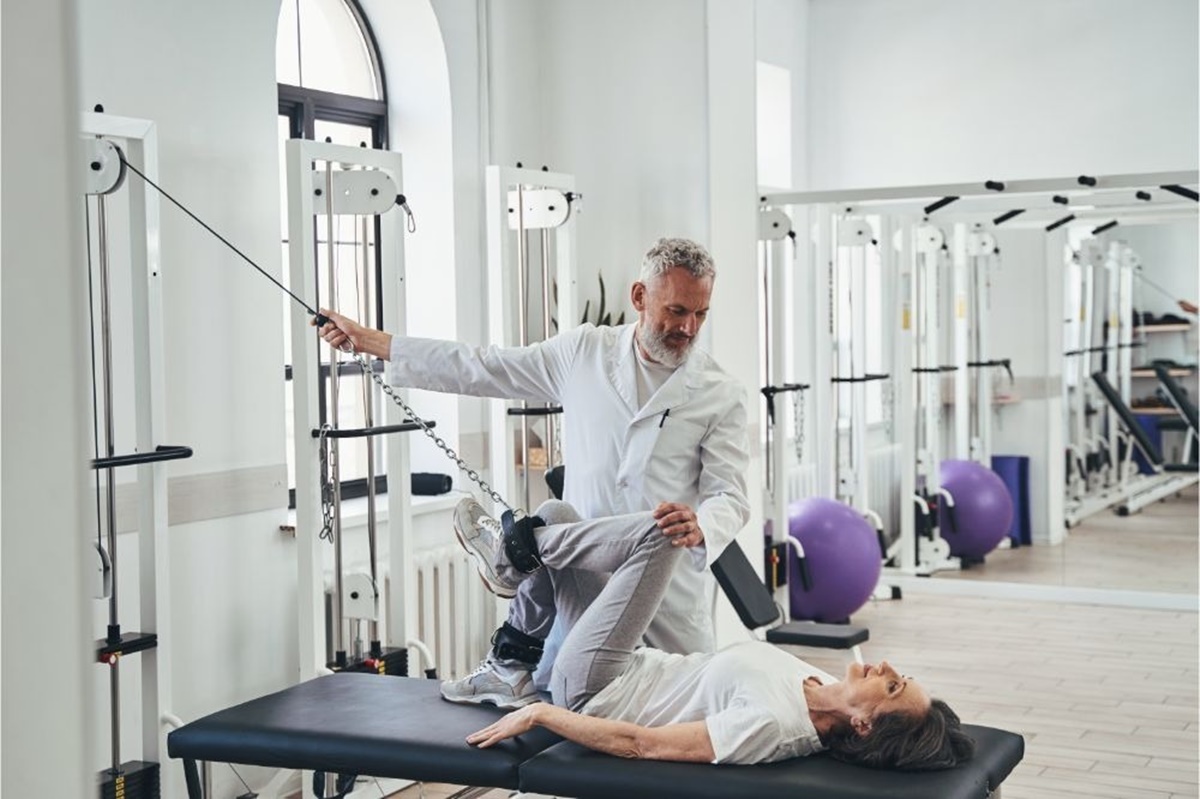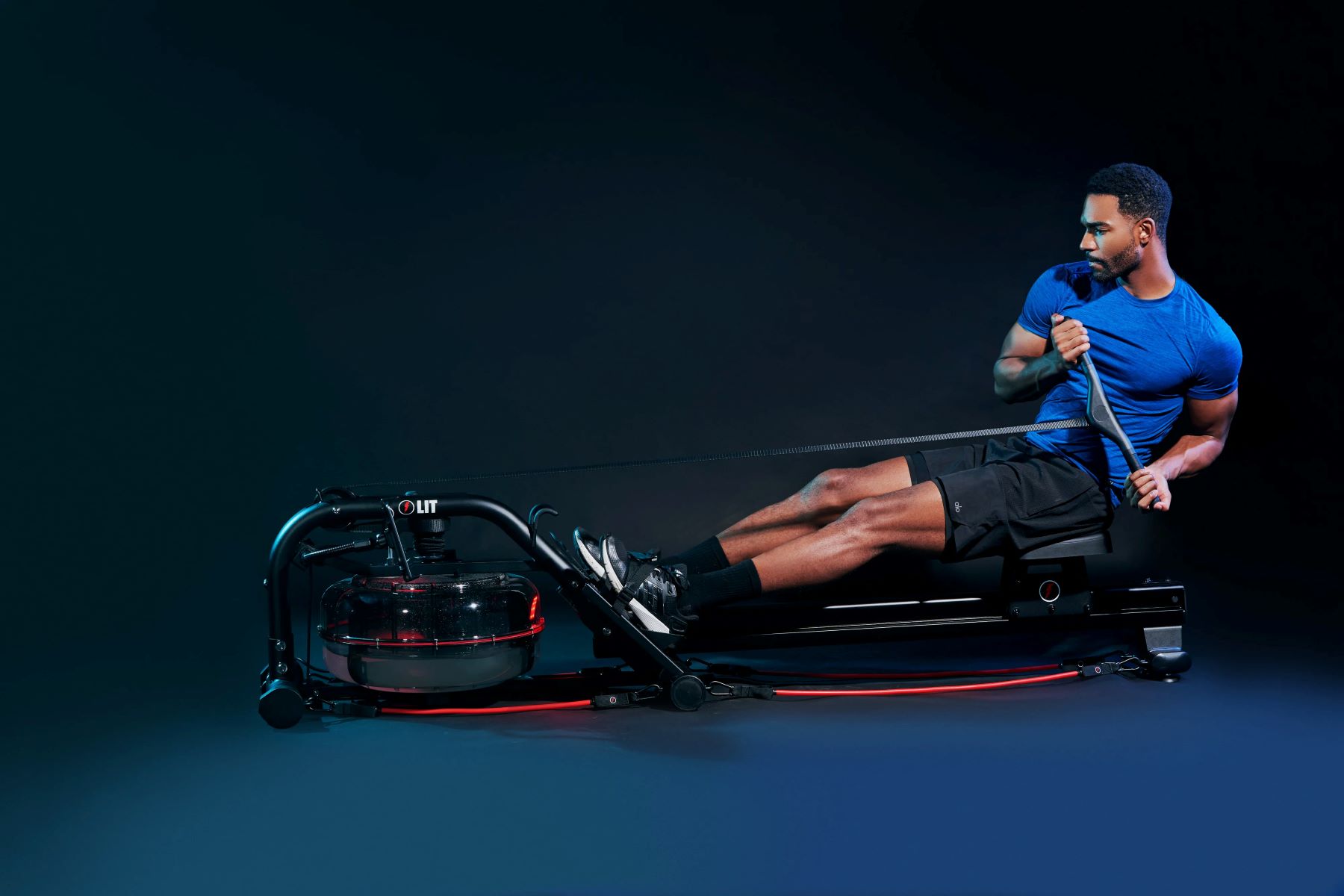

Featured
How Long Is A Good Rowing Workout
Modified: January 2, 2024
Get featured with a great rowing workout! Discover the ideal duration and intensity for a rewarding exercise session.
Introduction
Welcome to the world of rowing workouts! Whether you are a beginner or an experienced athlete, rowing is a fantastic form of exercise that delivers numerous benefits for both your physical and mental health. Engaging in a rowing workout allows you to experience a full-body workout, targeting multiple muscle groups while providing a low-impact cardiovascular challenge.
Rowing has gained popularity in recent years due to its effectiveness in burning calories and improving overall fitness levels. It offers a unique combination of strength, endurance, and coordination, making it an excellent choice for individuals seeking a well-rounded and challenging exercise routine.
In this article, we will explore the many benefits of rowing and discuss the factors to consider for an effective rowing workout. We will also delve into the optimal duration and intensity of a good rowing workout and provide you with warm-up and cool-down techniques to maximize your performance and prevent injury.
Furthermore, we will provide sample rowing workouts tailored to different fitness levels, from beginners to advanced athletes. By following these workouts, you will be able to gradually increase your strength and endurance, and reach your fitness goals.
However, before diving into the details of rowing workouts, it is essential to understand common mistakes to avoid during a rowing workout. We will highlight these mistakes to ensure that you have a safe and effective rowing experience. Additionally, we will share tips to maximize the effectiveness of your rowing workouts and help you get the most out of your time on the rowing machine or out on the water.
So, whether you are looking to improve your fitness, burn calories, or simply enjoy a new and challenging exercise routine, rowing workouts provide an excellent opportunity to achieve your goals. Let’s dive into the world of rowing and discover the secrets of an effective and enjoyable workout!
Benefits of Rowing
Rowing workouts offer a wide array of benefits for both your physical and mental well-being. Let’s explore some of the key advantages of incorporating rowing into your fitness routine:
- Full-body workout: Rowing engages almost all major muscle groups, including your legs, core, arms, and back. With each stroke, you are utilizing your lower body to push off and your upper body to pull the handle. This comprehensive workout helps to build strength and endurance throughout your entire body.
- Cardiovascular fitness: Rowing is an excellent way to improve your cardiovascular health. The continuous motion of rowing elevates your heart rate, increasing blood flow and oxygen delivery to your muscles. This helps to improve your cardiovascular endurance and overall fitness levels.
- Low impact: Unlike some other forms of exercise, rowing is a low-impact activity that puts minimal stress on your joints. The smooth gliding motion of rowing machines and the cushioning effect of water in outdoor rowing make it an ideal choice for individuals with joint issues or those recovering from injuries.
- Weight loss and calorie burning: Rowing is an effective way to burn calories and lose weight. Since rowing engages multiple muscle groups and requires significant energy expenditure, it can help you achieve and maintain a healthy weight. In fact, rowing at a moderate intensity for 30 minutes can burn up to 300 calories or more, depending on your body weight and intensity level.
- Improved posture and core strength: Rowing requires proper posture and utilizes your core muscles to maintain stability and power throughout the rowing stroke. Consistently performing rowing workouts can help improve your posture and strengthen your core, leading to better balance, stability, and overall spinal alignment.
- Mental health benefits: Engaging in rowing workouts can have a positive impact on your mental well-being. The rhythmic and repetitive nature of rowing can promote relaxation and reduce stress levels. Additionally, the release of endorphins during exercise can enhance your mood, boost your energy, and improve your overall mental outlook.
These are just a few of the many benefits that rowing offers. Whether you are looking to improve your fitness, lose weight, or simply enjoy a challenging and rewarding workout, incorporating rowing into your exercise routine can yield incredible results for your physical and mental health.
Factors to Consider for an Effective Rowing Workout
To ensure that you have an effective rowing workout, there are several factors you should consider. These factors will help you optimize your performance, prevent injury, and achieve your fitness goals. Let’s explore them:
- Form and technique: Proper form and technique are crucial for a safe and effective rowing workout. Maintain a straight back, engage your core, and use a fluid motion with controlled movements. Focus on a smooth and powerful drive with your legs, followed by a controlled return with your arms and body. Consider working with a rowing coach or watching instructional videos to learn and improve your form.
- Resistance and intensity: Adjusting the resistance level of your rowing machine or the intensity of your strokes is essential to tailor your workout to your fitness level and goals. Beginners may start with lower resistance and shorter durations, gradually increasing as their fitness improves. Advanced rowers can challenge themselves with higher resistance and longer workouts to continue pushing their limits.
- Duration and frequency: The duration and frequency of your rowing workouts will depend on your fitness level and goals. Aim for at least 20-30 minutes of continuous rowing to achieve cardiovascular benefits. As you progress, gradually increase the duration to challenge yourself. Consider rowing 3-5 times per week to maintain consistency and allow for adequate rest and recovery.
- Variety and cross-training: While rowing is an excellent exercise on its own, incorporating variety is beneficial for preventing boredom and improving overall fitness. Consider cross-training with other activities such as strength training, cycling, or swimming to work different muscle groups and prevent overuse injuries. This variety will also keep your workouts exciting and enjoyable.
- Hydration and nutrition: Proper hydration and nutrition are essential for optimal performance during your rowing workouts. Drink plenty of water before, during, and after your sessions to stay hydrated. Fuel your body with a balanced diet that includes carbohydrates for energy, protein for muscle repair, and healthy fats for overall health. Consider consulting a registered dietitian for personalized guidance.
- Rest and recovery: Rest and recovery are just as important as the actual workout itself. Give your body time to rest and repair by incorporating rest days into your routine. Overtraining can lead to decreased performance and increased risk of injury. Listen to your body and adjust your workout schedule accordingly.
By considering these factors, you can optimize your rowing workouts and achieve the best results. Remember to prioritize safety, gradually progress your workouts, and make adjustments based on your individual needs and fitness level.
Duration and Intensity of a Good Rowing Workout
When it comes to the duration and intensity of a good rowing workout, it’s important to find the right balance that suits your fitness level and goals. Here are some guidelines to help you determine the optimal duration and intensity:
- Duration: Aim for a minimum of 20-30 minutes of continuous rowing to reap the cardiovascular benefits of the workout. As you progress and build your endurance, gradually increase the duration of your rowing sessions. However, it’s important to listen to your body and avoid overexertion. If you’re just starting out, you can break up your rowing workout into shorter segments and gradually increase the duration over time.
- Intensity: The intensity of your rowing workout can be adjusted based on your goals and fitness level. One way to gauge intensity is through your heart rate. Aim for a target heart rate zone of 60-80% of your maximum heart rate, which can be calculated by subtracting your age from 220. Monitoring your heart rate during your rowing workout can help you stay within the desired intensity range. Additionally, using the perceived exertion scale, where 1 is very light and 10 is very hard, can help you gauge how hard you are working during your rowing sessions.
- Interval Training: Incorporating interval training can add variety and increase the intensity of your rowing workouts. Intervals involve alternating between periods of high-intensity rowing and periods of lower intensity or rest. For example, you can row at a faster pace for 1-2 minutes and then recover at a slower pace for 1-2 minutes. This interval training can help improve your cardiovascular fitness, increase calorie burn, and challenge your body in new ways.
- Progression: To continue improving and challenging your body, it’s important to progress your rowing workouts over time. This can be done by gradually increasing the duration of your workouts, adjusting the resistance level, or incorporating more intense interval sessions. However, it’s crucial to progress at a pace that is sustainable and avoids overexertion. Gradual progression allows your body to adapt and helps prevent injuries.
Remember, the duration and intensity of your rowing workout should be personalized to your fitness level, goals, and overall health. It’s always a good idea to consult with a fitness professional or rowing coach to ensure that you’re following a suitable plan that aligns with your individual needs.
Warm-Up and Cool-Down Techniques for Rowing
A proper warm-up and cool-down are essential components of any rowing workout. They help prepare your body for the exercise session ahead and promote efficient recovery afterward. Here are some warm-up and cool-down techniques to incorporate into your rowing routine:
- Warm-Up:
- Start with a few minutes of light cardiovascular exercise, such as jogging or cycling, to increase your heart rate and warm up your muscles.
- Follow the cardio warm-up with dynamic stretches and movements. Focus on dynamic exercises that target the major muscle groups used in rowing, such as leg swings, arm circles, and torso twists. These movements will help improve flexibility and mobility.
- Before getting on the rowing machine or stepping into the boat, spend a few minutes performing rowing-specific warm-up exercises. This can include rowing at a moderate pace with lighter resistance or performing rowing-specific movements without resistance.
- Cool-Down:
- After completing your rowing workout, spend a few minutes rowing at a slower pace with lighter resistance. This will gradually reduce your heart rate and allow your body to recover.
- Perform static stretches targeting the major muscle groups used during rowing. Hold each stretch for 15-30 seconds and focus on breathing deeply to aid relaxation and recovery.
- Use a foam roller or massage tool to release any tension or tightness in your muscles. Roll over the major muscle groups, focusing on areas that feel particularly tight or sore. This self-massage can help improve circulation and reduce muscle soreness.
- As you cool down, take the opportunity to reflect and hydrate. Evaluate how the workout felt and any areas for improvement. Make sure to drink water or a sports drink to rehydrate and replenish electrolytes.
By incorporating proper warm-up and cool-down techniques into your rowing routine, you can enhance your performance, reduce the risk of injury, and promote efficient recovery. The warm-up prepares your body for the demands of rowing, while the cool-down helps your body return to its pre-exercise state gradually.
Remember that the warm-up and cool-down should be customized based on your individual needs and preferences. Experiment with different warm-up exercises and stretches to find what works best for your body. Additionally, pay attention to how your body responds during the cool-down and adjust your routine accordingly.
Don’t underestimate the importance of the warm-up and cool-down phases of your rowing workouts. They are valuable components that contribute to your overall success and enjoyment of the exercise.
Sample Rowing Workouts for Different Fitness Levels
Regardless of your fitness level, there are rowing workouts that can be tailored to suit your needs and help you progress towards your goals. Below are sample rowing workouts for different fitness levels:
- Beginner Workout:
- Duration: 15-20 minutes
- Warm up by rowing at an easy pace for 5 minutes.
- Row for 10 minutes, alternating between 2 minutes of rowing at a moderate pace and 1 minute of rest.
- Finish with a 5-minute cool-down, rowing at an easy pace.
- Intermediate Workout:
- Duration: 30-40 minutes
- Warm up by rowing at an easy pace for 5-7 minutes.
- Row for 25 minutes, breaking it down into 5 rounds of 5 minutes each. Alternate between 3 minutes of rowing at a moderate pace and 2 minutes of rowing at a slightly faster pace.
- Cool down by rowing at an easy pace for 5-7 minutes.
- Advanced Workout:
- Duration: 45-60 minutes
- Warm up by rowing at an easy pace for 7-10 minutes.
- Row for 40 minutes, dividing it into 4 rounds of 10 minutes each. In each round, row for 8 minutes at a moderate pace, followed by 2 minutes at a challenging pace.
- Finish with a 10-minute cool-down, rowing at an easy pace.
These sample workouts can be adjusted based on your fitness level and time availability. Remember to listen to your body and make modifications as needed. As you progress, gradually increase the duration, intensity, or number of intervals to continue challenging yourself.
Additionally, it’s important to incorporate rest days into your training schedule. Rest days allow your muscles to recover and adapt, preventing overtraining and reducing the risk of injury. Aim for 1-2 rest days per week, depending on your fitness level and workout intensity.
Feel free to customize these sample workouts based on your preferences and fitness goals. You can also consult with a rowing coach or fitness professional to create a personalized training plan that aligns with your specific needs.
Common Mistakes to Avoid During a Rowing Workout
Rowing is a fantastic exercise, but like any activity, there are common mistakes that people may make during their rowing workouts. By being aware of these pitfalls, you can maximize the effectiveness of your workouts and reduce the risk of injury. Here are some common mistakes to avoid:
- Using improper form: One of the most common mistakes is not maintaining proper rowing form. Improper technique can lead to reduced efficiency and increased risk of injury. Focus on maintaining a straight back, engaging your core, and using a smooth, controlled motion throughout the stroke. Consider working with a rowing coach or watching instructional videos to ensure that you are using the correct form.
- Ignoring warm-up and cool-down: Skipping the warm-up and cool-down phases can be tempting, but they are essential for injury prevention and optimal performance. A proper warm-up prepares your body for the physical demands of rowing, while a cool-down helps your body recover and reduces muscle soreness. Dedicate time to properly warm up and cool down before and after each rowing session.
- Setting the resistance too high or too low: Finding the right resistance level is important for an effective workout. Setting the resistance too high can lead to muscle fatigue and poor rowing technique, while setting it too low may not provide enough challenge. Adjust the resistance to a level that allows you to maintain proper form and provides enough resistance to challenge your muscles without straining them.
- Rowing at an unsustainable pace: Consistency is key in rowing workouts. Avoid starting off too fast and burning out quickly. Pace yourself and maintain a sustainable rhythm that allows you to complete the desired duration or interval. Breathing evenly and focusing on a steady, controlled stroke will help you maintain a sustainable pace throughout your workout.
- Not paying attention to your breathing: Proper breathing technique is crucial during rowing workouts. Coordinate your breath with your rowing strokes, exhaling during the drive phase and inhaling during the recovery phase. Focus on deep, diaphragmatic breathing to ensure adequate oxygen supply to your muscles and maintain proper form.
- Neglecting to hydrate and fuel properly: Hydration and nutrition play a significant role in your performance and recovery. Make sure to drink water before, during, and after your workouts to stay hydrated. Fuel your body with a balanced diet that includes carbohydrates for energy, protein for muscle repair, and healthy fats for overall health. Ignoring proper hydration and nutrition can lead to decreased energy levels, reduced performance, and slower recovery.
Avoiding these common mistakes will help you get the most out of your rowing workouts and enjoy a safe and effective exercise experience. Take the time to learn proper form, prioritize warm-up and cool-down, adjust resistance levels appropriately, maintain a sustainable pace, focus on breathing, and fuel your body appropriately. By doing so, you will optimize your rowing workouts and improve your overall performance.
Tips for Maximizing the Effectiveness of Your Rowing Workouts
To make the most of your rowing workouts and achieve your fitness goals, consider the following tips for maximizing their effectiveness:
- Focus on proper form: Maintaining proper form throughout your rowing workouts is crucial to ensure efficiency and prevent injuries. Pay attention to your posture, engage your core, and use a smooth and controlled motion. Work with a rowing coach or watch instructional videos to learn and improve your technique.
- Vary your workouts: Incorporate variety into your rowing routine to challenge your muscles in different ways and prevent boredom. Mix up the duration, intensity, and type of rowing workouts you do. This can include long, endurance-based rows, interval training, or even trying out different rowing equipment like an indoor rowing machine or rowing on water.
- Set specific goals: Define clear and measurable goals that align with your fitness aspirations. Whether it’s improving your rowing time, increasing distance, or achieving specific health targets, setting goals gives your workouts purpose and motivation. Track your progress regularly and celebrate your milestones along the way.
- Gradually increase intensity: As your fitness level improves, gradually increase the intensity of your rowing workouts. This can be done by increasing the resistance level, rowing at a faster pace, or incorporating more challenging intervals. Always listen to your body and avoid overexertion.
- Incorporate strength training: Supplement your rowing workouts with strength training exercises to further improve your performance. Focus on exercises that target the muscles used in rowing, such as squats, lunges, rows, and core exercises. Building strength in these areas will enhance your rowing power and overall endurance.
- Keep track of your progress: Maintain a workout journal or use a fitness tracking app to record your rowing workouts. This allows you to track your progress, analyze patterns, and identify areas for improvement. It also provides a source of motivation as you witness your progress over time.
- Listen to your body: Pay attention to your body’s signals and adjust your workouts accordingly. If you feel pain or discomfort, modify your form or intensity. Taking rest days and allowing for proper recovery is key to preventing overuse injuries and burnout.
- Stay hydrated and nourished: Proper hydration and nutrition are essential for optimal performance and recovery. Drink water before, during, and after your rowing workouts to stay hydrated. Fuel your body with a balanced diet rich in carbohydrates, protein, and healthy fats to provide the energy and nutrients necessary for effective rowing sessions.
- Prioritize consistency: Consistency is key in achieving results from your rowing workouts. Set a regular schedule that works for you and commit to it. Aim for a balance between challenging yourself and allowing for proper rest and recovery.
By implementing these tips into your rowing routine, you can maximize the effectiveness of your workouts and progress towards your fitness goals. Remember, every individual is unique, so listen to your body, work at your own pace, and enjoy the journey of becoming a stronger and more proficient rower.
Conclusion
Rowing workouts offer a multitude of benefits for individuals of all fitness levels. Whether you are a beginner or an experienced athlete, rowing provides a low-impact, full-body workout that improves cardiovascular fitness, builds strength, and enhances overall well-being.
By considering the factors for an effective rowing workout, such as form, duration, intensity, and incorporating warm-up and cool-down techniques, you can optimize your performance and reduce the risk of injury. Additionally, by avoiding common mistakes and implementing tips to maximize effectiveness, you can further enhance your rowing experience.
Remember to start with proper form, gradually increase intensity, and set specific goals to keep yourself motivated. Vary your workouts to challenge your body and incorporate strength training exercises to complement your rowing routine. Tracking your progress, listening to your body, and prioritizing hydration and nutrition are also essential steps towards success.
Ultimately, the key to a successful rowing journey lies in finding enjoyment and balance. Embrace the rhythm and challenge of rowing, and allow yourself to experience the physical and mental benefits it offers. Whether you row on a machine or in the water, make every stroke count and celebrate your progress along the way.
Now that you have the knowledge and tools to embark on effective rowing workouts, it’s time to grab an oar and experience the transformative power of this wonderful exercise. Get ready to row towards your fitness goals, improve your overall health, and enjoy the journey of becoming a stronger and fitter version of yourself.
